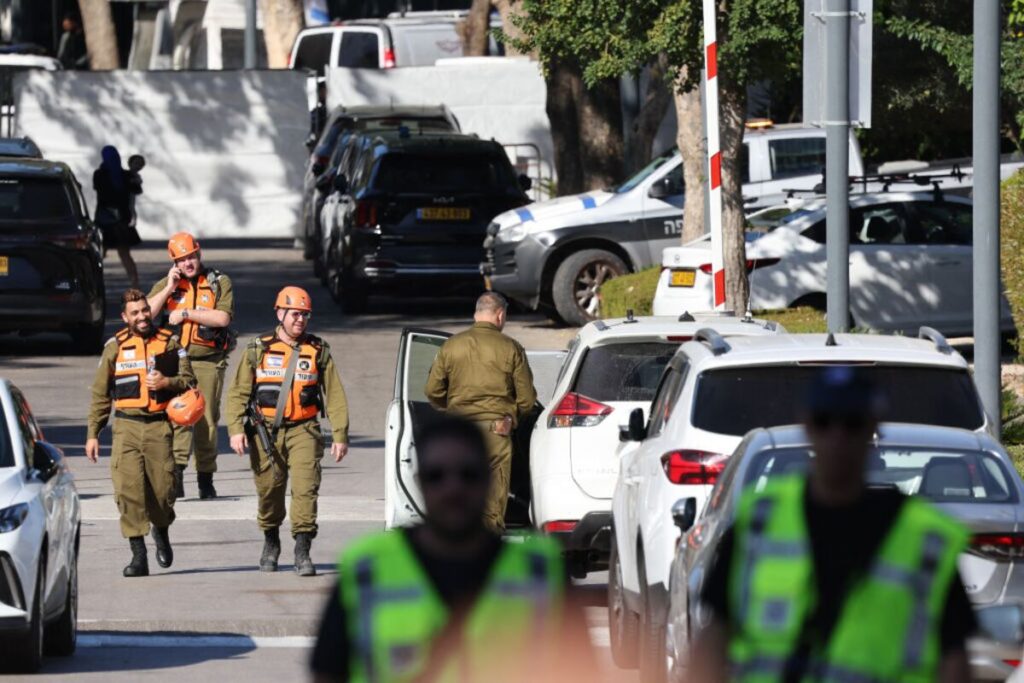Israeli PM’s Home Targeted by Drone in Latest Hezbollah Strike Wave

Shock escalation in what was already an out-of-control conflict — a drone strike at the home of Israel’s prime minister as renewed barrages with Hezbollah, has sparked fears of increased violence and wider regional security implications.
Tensions between the Islamic republic and Israel have been a core of instability in the Middle East for decades. However, this seems like an entirely new level of intensity with the drone that hit the residence of the Israeli Prime Minister. The attack is part of a continued barrage of hostilities by both sides and caused a huge commotion locally and internationally. But what does it mean for the region? Why did the conflict intensify to the point that the residence of the Prime Minister was attacked?
The Drone Attack on the Prime Minister’s Residence
This is not a normal engagement between Hezbollah and Israel. In fact, this has raised the stakes of the conflict by targeting an area of such high profile.
It struck the official residence of the Israeli Prime Minister from Lebanon. Although the blow reportedly missed its target and did little to disturb the assets of the place, it is symbolic enough. That a militant group such as Hezbollah was able to hit the very center of Israel’s leadership is frightening in the sense that a new capability has arisen to strike high-value targets.
The defense forces in Israel were quick to respond. This made the defense of the air incorporate several systems that may prevent a strike by the various additional armed drones that have placed it on high alert around strategic government buildings. The Israeli armed forces have also attacked Hezbollah in Lebanon, a situation that took it to the next level, targeting positions manned by Hezbollah.
Also Read: US Prompt Leads Israel to Reveal Images of Gaza Humanitarian Aid Efforts
Why Target the Prime Minister’s Home?
The decision to target such a symbolic site isn’t random. Hezbollah likely chose this specific target for both strategic and symbolic reasons.
By striking the home of Israel’s leader, Hezbollah sends a clear message. It is not just about causing physical damage, but about striking fear and demonstrating their reach. The residence of the Prime Minister should, after all, be the center of Israeli governance and leadership. An attack of this nature is certainly very bold and is intended more to humiliate the people of Israel on the world stage than prove that anyone was beyond Hezbollah’s reach.
The Broader Implications for Israeli Security
This drone attack represents more than just a single incident; it’s indicative of larger issues at play in the region.
How This Attack Reflects Hezbollah’s Strategy
Hezbollah’s use of drones represents yet another more sophisticated entry into asymmetric conflict. Drones are less traceable and can hit much more accurately than rockets, meaning a different type of tool for attacking Israel; perhaps this adds up to a larger strategy-the elements of which would undermine the security infrastructure of Israel, sending the entire conflict to a new, more dangerous phase of existence.
Escalating Tensions with Hezbollah and Future Developments
The attack has also raised a number of questions about Israeli-Hezbollah relations in the future and whether this means it will lead to even greater conflict.
Diplomatic Efforts for De-escalation
Although there are tensions running high, the leadership remains hopeful that a final war could be prevented if at all possible by putting forth diplomatic efforts. Secretly, international mediators are working behind the scenes to bring about a ceasefire, but nothing has been fruitful so far. As for the future, it may be uncertain, but there is something sure: without meaningful dialogue, the region will drift into more violence.



